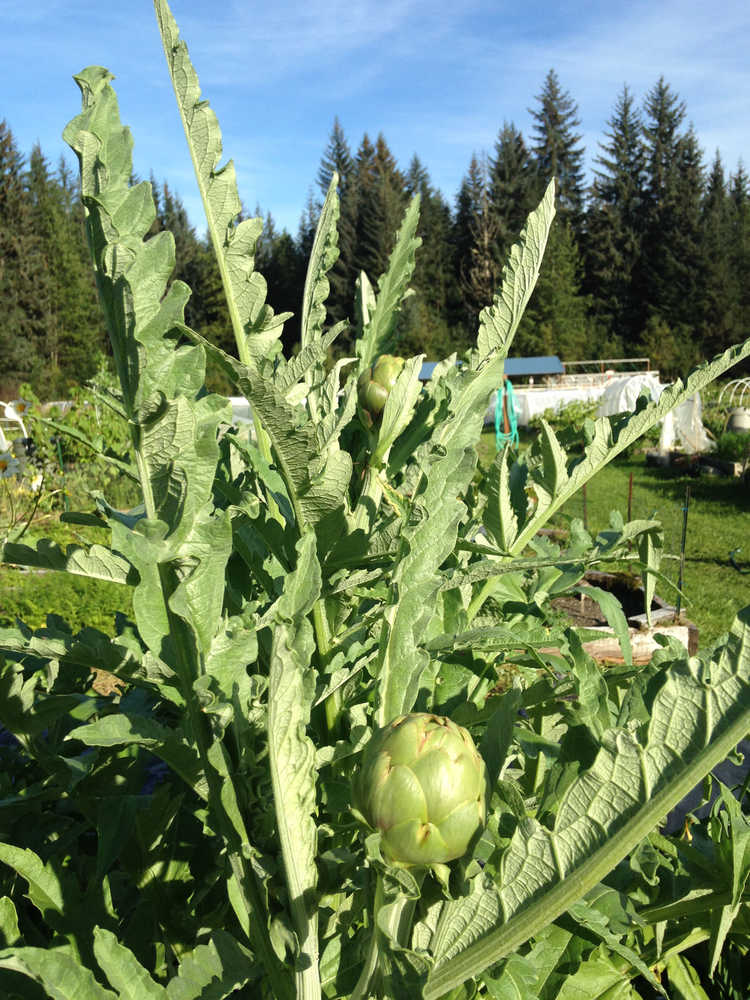Sometimes I wait until I pull out seed catalogs in February to dream about next year’s garden. Other times I find myself walking around the community garden to see what other people have done.
This year’s sun and warm temperatures produced abundance along with its share of disappointments. Everyday vegetables capture my attention. I know that I will plant more broccoli and fennel next year. I’ll continue growing joi choi, a mix between baby and regular bok choy, because it also did well. And, I’ll figure out how to grow beets and parsnips because I haven’t quite mastered them; I get lots of greens but scrawny roots.
The typical vegetables are of interest, but what captivates me is seeing how other people push the limits of what we can do here in Southeast. Looking around and talking with gardeners, you can find some amazing things.
Despite being told by every Master Gardener that sweet potatoes could not be grown here, Patrick Ripp decided that he would try. He’s coddled them with plastic to keep the roots warm and tends them regularly. The potatoes are still in the ground, so I’ll have to wait to see if the Master Gardeners were right or if Patrick proved them wrong.
Leslie De Krey was the first person I saw growing artichokes. She gave it fish fertilizer every week and harvested the tubers multiple times that summer. Now, green and purple artichoke plants are spread throughout the community garden plots.
Asparagus is another plant that people were hesitant to try. But Iris Korhonen’s success encouraged me and others. You have to wait two full seasons before you can harvest during the third spring. Still, I’ve found it reassuring to see the fern-like stalk appear and to know that each season I get that much closer.
My favorite experiment, so far was done by Christina Sargeant. She’s successfully grown waisaibi. Not horseradish, but Japanese waisaibi. Yes, there are those who would argue that if it isn’t grown in the special stream in that specific place, it’s not waisaibi. The champagne can’t be made outside of the Champagne, France argument. But, she’s been able to harvest the rhizome and taste the delicate flavor.
In her Petersburg garden, she has several established plants. Wasaibi likes spruce forests, darkness and wet conditions. She’s managed to overwinter them by heavily mulching. However, her most successful plant was in a pot that she stuck under the crawl space for the winter.
I am now in possession of one of her plants, dubbed Edward by my daughter. I’m not sure if Naara realizes that Edward was my grandfather’s name. Considering that he was one of my first gardening influences, I don’t think she could have picked a better name.
When I pull out the seed catalogs in February, I am always reminded of his dog-eared pages on the Burpee catalog he favored. I hope you find continuing inspiration, no matter what form it takes, because even in the best of years, dreaming of possibilities gets us through those dreary days of winter.
• Corinne Conlon is a freelance writer based out of Juneau. She can be reached at dirtgirlgardening@gmail.com.

